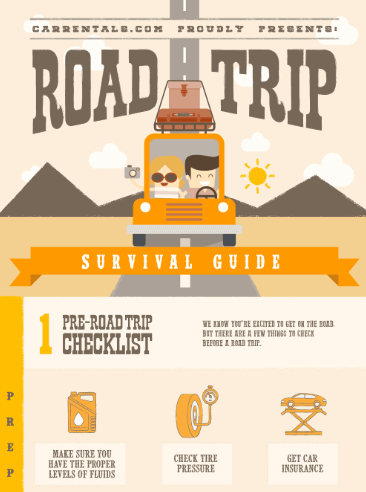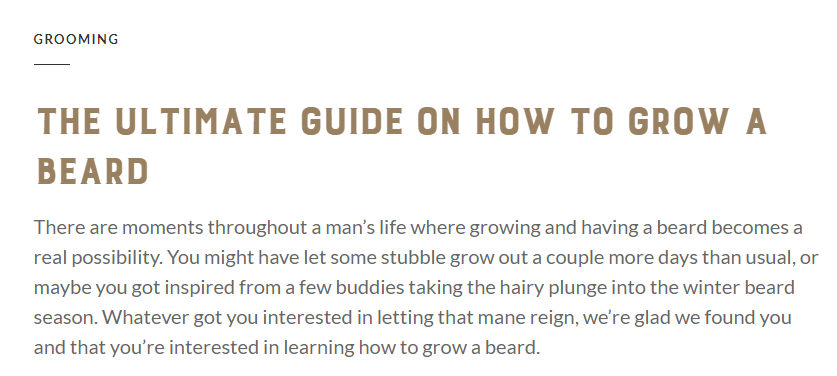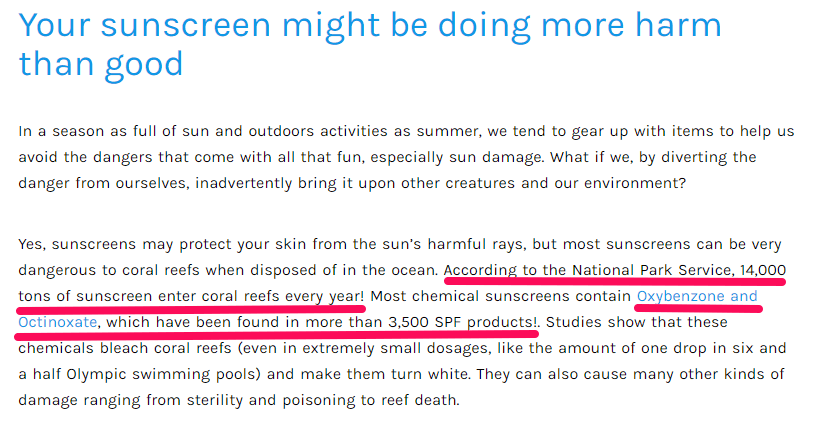How to Create Smart Content to Improve Your Marketing Strategy
Only 28% of B2C marketers say their approach to content marketing is extremely or very successful. And only 33% have a documented content strategy.
That’s just not good enough.
Content is the backbone of any good marketing strategy. Yet, the majority of marketers’ attempts are not as effective as they could be.
If this is the case for you, you’re probably wondering: where am I going wrong?
The truth is, you need an intelligent strategy to increase content performance.
Here’s how to improve your content marketing strategy.
1. Utilize Analytics
What’s the smartest way to create content? Use the data you have on-hand to inform the type of content you produce.
According to SEMRush’s Practical Guide to Data-Driven Content Marketing:
At this point, we can state with confidence that high-quality content relies on precise analytics and trustworthy data. When content is not supported by data, you can never be sure that it will directly hit the audience’s pain points and contribute to your objectives.
Essentially, you can guarantee that your content will serve your audience and your brand goals, by using the data you gather from analytics.
Use your data to create variations on your top-performing content.
In Google Analytics, head to Behavior > Site Content > All Pages.
Here you will find a number of metrics, such as pageviews, dwell time and bounce rate:
Through looking at this data, you can answer some key questions about your content.
What are the most popular content frameworks e.g. ultimate guides, infographics, case studies, etc.?
And which topics do my readers enjoy most?
You can filter the results according to your objectives.
Let’s say, you want to keep people on your site for longer – then you would look at the posts with the highest average time on page:
Use this treasure trove of information to create variations of your most popular content.
For example, if your audience digs infographics then you should start creating infographics at regular intervals.
Or if a particular topic performs well, let’s say, “decorating on a budget”, then try similar topics, e.g. “DIY decorating” or “decorating kitchens on a budget” and so on.
The point is, use your existing content to create new content that’s guaranteed to perform well every single time.
2. Refresh and Repurpose Content
Not all content ages well, like a fine wine or a George Clooney.
You need to refresh and recycle outdated content regularly.
Otherwise, all of the blood, sweat, and tears that went into its creation goes to waste as content becomes stagnant and useless.
The cool thing is that repurposing content is a strategy that really works.
One brand got 50% more clicks when they recycled a blog post into an infographic the following year.
Your first job is to update and improve existing content. An easy way to find content in need of a refresh is to use Analytics.
On the same page as above, sort your results by unique visitors.
Find pages that have a high number of unique visitors but also a high bounce rate:
This indicates that this content is no longer relevant and you should update it. We, at Sleeknote, know this better than anyone.
When we relaunched our blog post on Facebook lead ads, we increased our organic traffic by 290.67% in 3 weeks.
You can also repurpose content by converting it into other formats.
Follow speaker, Brian Fanzo’s example:
[I] record my podcast on Facebook Live, upload audio to iTunes, create a blog post, take 4 best quotes from the episode and create graphics for Pinterest, take 4 clips from a month’s worth of episodes and create a 2-minute video to use as a Twitter video.
The moral of the story is: Get the most out of your content, even if it’s gone stagnant.
3. Produce Linkable Assets
You’re always going to have to make earning links a major part of your marketing strategy. Why?
Some SEOs believe links are the #1 ranking factor.
So, if you haven’t been focusing on acquiring links, now’s the time.
The best way to earn links is to create epic, in-depth pieces of content worthy of links, i.e. linkable assets.
Say buh-bye to shady techniques.
Here are a few examples of strong linkable assets:
Infographics
Others use and link to them because they’re simply interesting or they add value to their posts i.e. they explain a complex topic visually and succinctly.
Here’s a nice example from CarRentals.com:
Original or Compiled Research
People link to such as a key source or reference point for their arguments.
Or, of course, as a matter of interest.
See this example from MyFitnessPal:
Long-Form Guides
These are incredibly useful and thorough.
They’re linkable because people would rather link to one strong source than several inferior ones.
Take a look at this guide from The Beard Club:
At the end of the day, short, simplistic blog posts aren’t going to cut it when it comes to bagging links.
You have to create strong assets that you can shop around.
4. Show Off Your E-A-T
If you want your content to perform well, you can’t be a basic… so-and-so any longer.
Since Google’s August 2018 broad core algorithm update, your content has to display your E-A-T (Expertise, Authority, and Trustworthiness).
This is particularly important if you’re selling something or are in a health and lifestyle niche, i.e. Your Money or Your Life websites.
There are several ways you can increase E-A-T.
First, make sure all content is well-researched, using credible facts, sources, and data throughout.
This is a good example from GreenLine:
Furthermore, you can work with experts or influencers to create content.
In the following example, Etsy’s tips come from a legit health and wellness coach.
In other words, they’re not just randomly made-up by some copywriter.
The point here is, if you make everything you write credible and verifiable, your content will rank better.
Key Takeaways
You need to use smart techniques to create content that contributes to your overall marketing strategy.
Firstly, utilize data to find topics and formats that work well for you and do more of the same.
Refresh and repurpose content regularly to get the most value from your content.
Create content that’s actually worthy of links.
And finally, infuse blog posts with E-A-T to up its performance in the SERPs.
Now it’s over to you.
Take the first step and open up Analytics to find your top-performing content.
Featured Image Credits
Image by Diggity Marketing from Pixabay.








